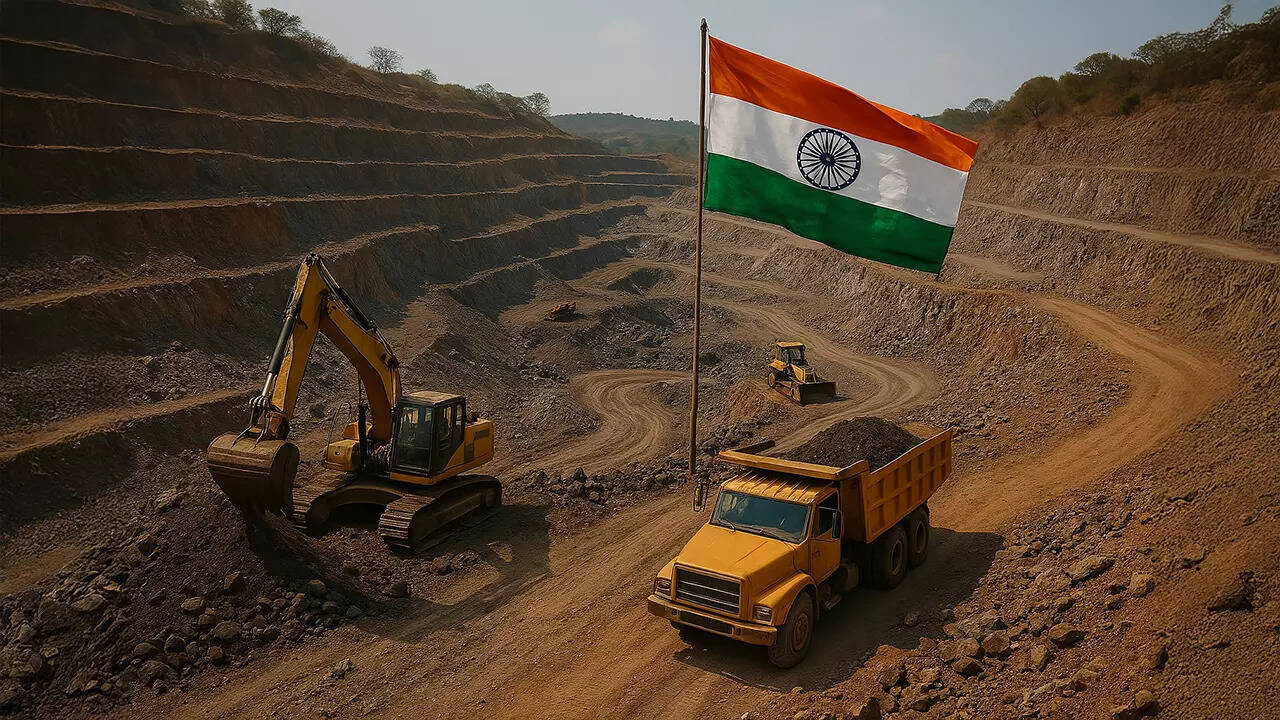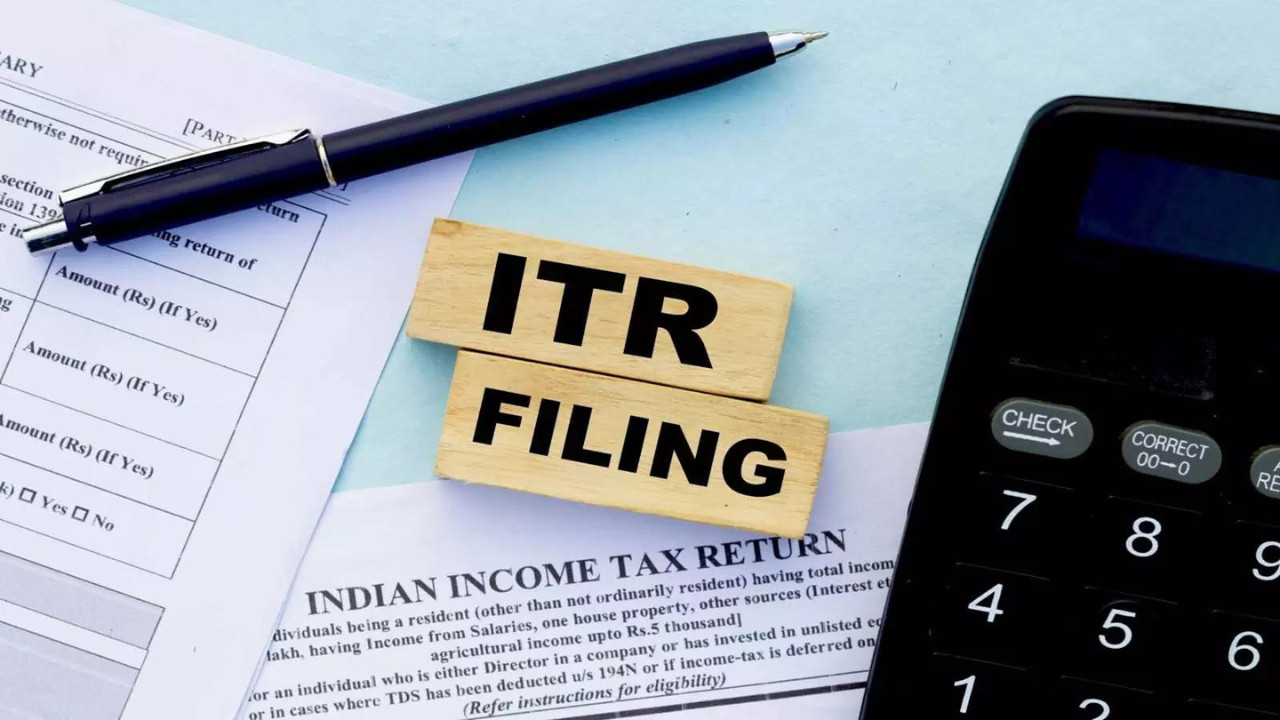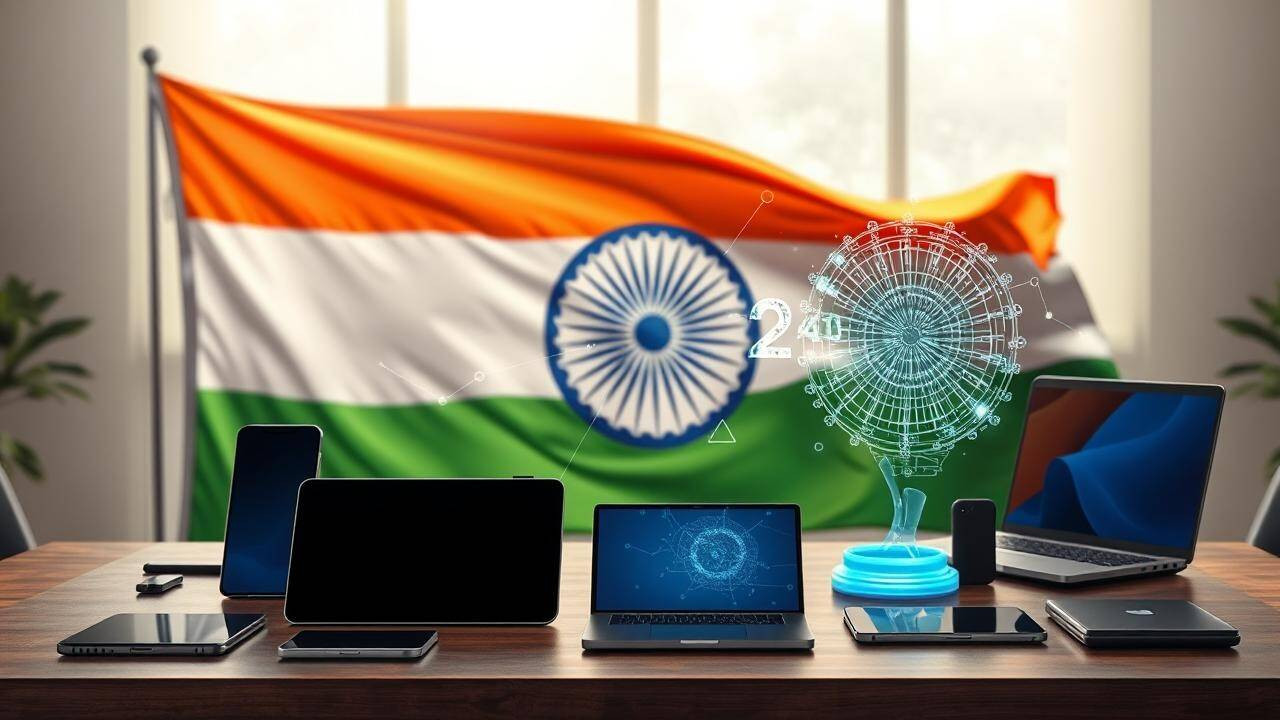China’s dominance in rare earth metals poses challenges for India, which seeks to establish a domestic production chain. Despite holding 6% of global deposits, India’s output remains low due to technical and economic hurdles. Government initiatives and international collaborations aim to reduce reliance on China, but significant investment and technological advancements are crucial for success.
India’s Rare Earth Ambition: Can We Break China’s Magnet Grip?
The hum of our smartphones, the whir of electric vehicles, the silent power of wind turbines – all owe a debt to rare earth magnets. These unassuming components are the unsung heroes of modern technology. But there’s a catch. A significant portion of the world’s supply chain for these critical magnets is controlled by China. This dominance has spurred India to embark on an ambitious mission: to create a self-sufficient rare earth magnet industry and loosen China’s grip. But is this goal achievable, or are we chasing a technological mirage?
For years, China has strategically invested in every stage of the rare earth supply chain, from mining and processing to magnet manufacturing. This head start, coupled with favorable government policies and lower production costs, has cemented their position as the undisputed leader. Now, India is playing catch-up, aiming to secure its own economic future and strategic autonomy.
The potential benefits of a thriving domestic rare earth magnet industry are immense. It would reduce reliance on foreign sources, bolster national security, and create jobs within India. Imagine a future where Indian companies are at the forefront of innovation in electric mobility, renewable energy, and advanced manufacturing, powered by magnets made right here at home. That’s the vision driving this initiative.
But the road ahead is paved with challenges. The first hurdle is access to raw materials. While India possesses significant reserves of rare earth elements, extracting and processing them in an environmentally sustainable and economically viable way is crucial. There is a need for significant investment in exploration, mining technologies, and processing facilities.

Even with a secure supply of raw materials, manufacturing high-quality rare earth magnets is a complex process. It requires advanced technologies, skilled labor, and significant capital investment. China has spent decades perfecting these techniques. India needs to develop indigenous expertise and attract foreign investment to bridge this technological gap. Perhaps looking at opportunities for collaboration can push the nation’s capabilities further.
Beyond the technical and logistical challenges, India also faces economic competition from established players. Chinese manufacturers benefit from economies of scale, lower labor costs, and well-established supply chains. To compete effectively, India needs to create a supportive ecosystem that encourages innovation, reduces regulatory burdens, and provides incentives for domestic manufacturers. This could mean targeted subsidies, tax breaks, and streamlined permitting processes.
Environmental considerations are also paramount. Rare earth mining and processing can have significant environmental impacts if not managed responsibly. India needs to adopt best practices and implement stringent environmental regulations to ensure that the development of its rare earth industry is sustainable in the long run. This includes responsible waste management, water conservation, and minimizing land disturbance.
The government is playing a key role in driving this initiative, investing in research and development, promoting public-private partnerships, and enacting policies to encourage domestic manufacturing. Initiatives like the Mineral Security Partnership are crucial for international collaboration. But the success of this endeavor ultimately hinges on the ingenuity and determination of Indian entrepreneurs, scientists, and engineers.
Ultimately, India’s journey to becoming a major player in the rare earth magnet industry is a marathon, not a sprint. Overcoming the challenges will require sustained effort, strategic planning, and a collaborative approach involving government, industry, and academia. It’s about investing in research, fostering innovation, and building a resilient and sustainable supply chain. And while success is not guaranteed, the potential rewards – economic growth, strategic autonomy, and technological leadership – make this mission well worth pursuing. See how we can achieve similar goals in [lithium production](internal-link-to-lithium-article.com).
India’s bid to counter China’s rare earth magnet monopoly represents more than just economic competition; it’s a quest for technological independence and a more secure future. It’s a complex undertaking, but with strategic investments, technological innovation, and a commitment to sustainability, India can carve out its own space in the global rare earth landscape.







